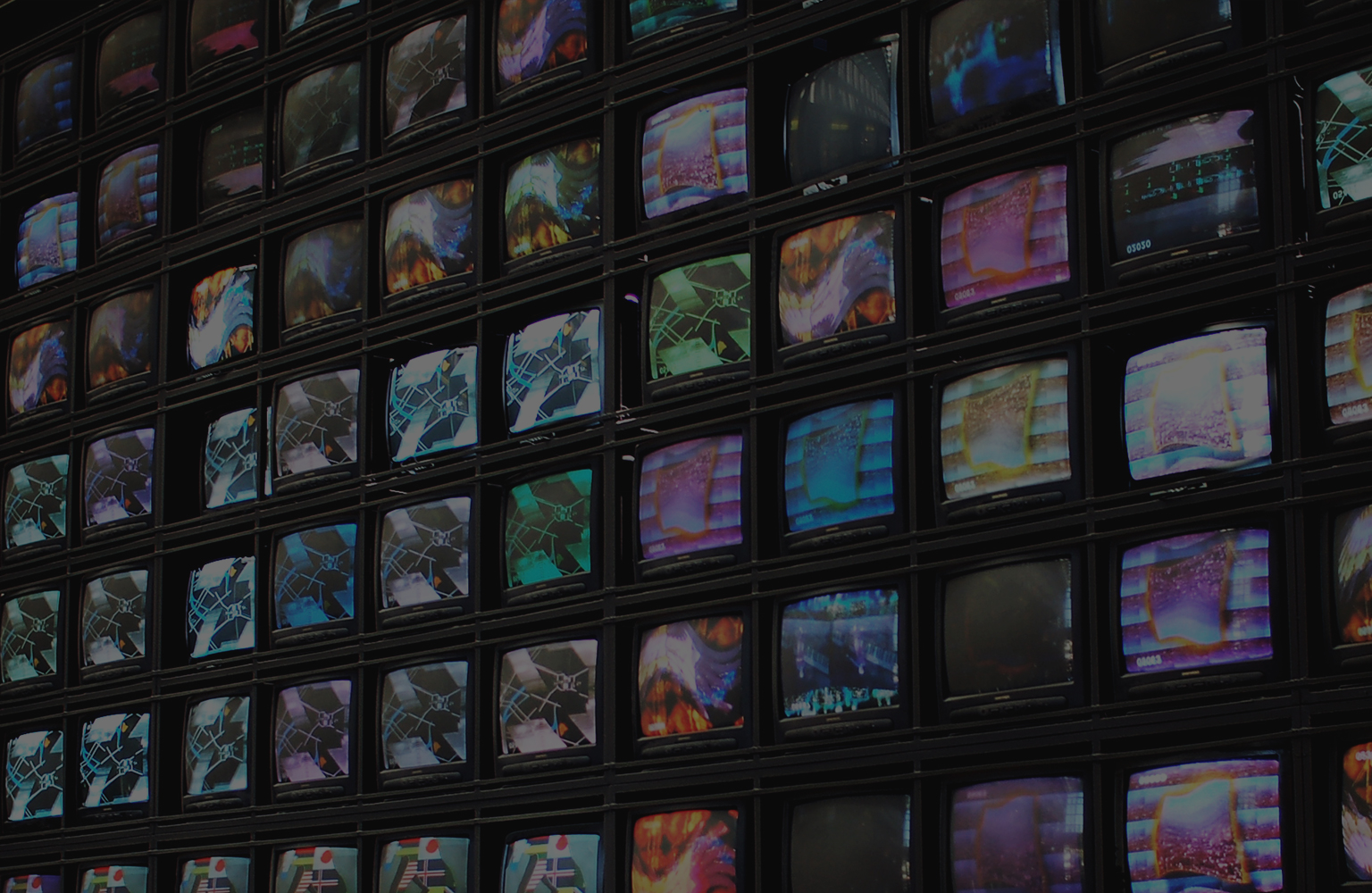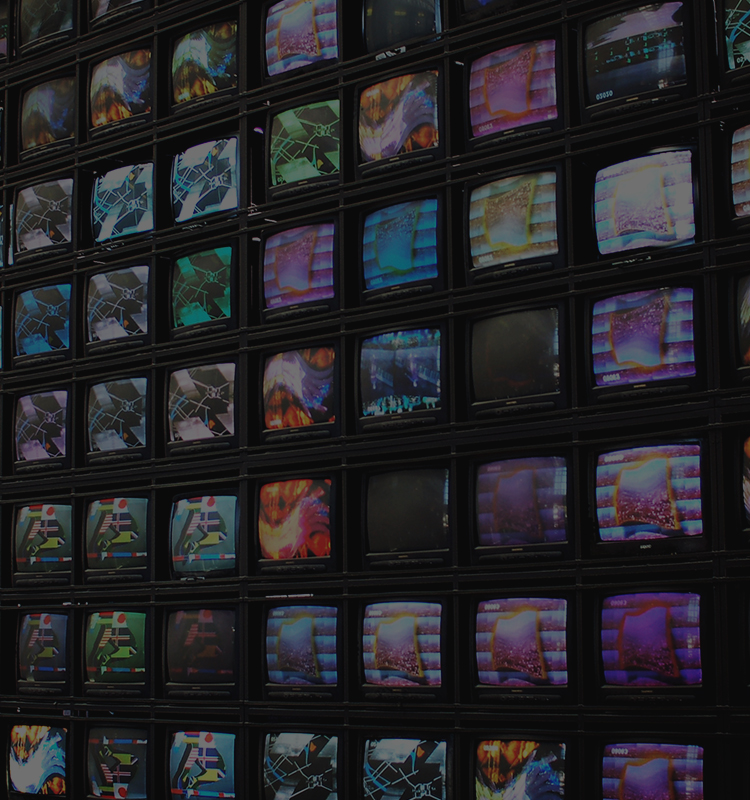

대학원소개
논문성과
|
CM Lab's (Prof. Jihyong Oh) three papers accepted to CVPR 2025 (AI Top-tier Conference)
관리자 │ 2025-03-06 HIT 22749 |
|---|
|
We are delighted to announce that three papers from the Creative Vision and Multimedia (CM Lab) have been accepted to the Conference on Computer Vision and Pattern Recognition (CVPR) 2025. Title: SplineGS: Robust Motion-Adaptive Spline for Real-Time Dynamic 3D Gaussians from Monocular Video [Project page] Authors: Minh-Quan Viet Bui*, Jongmin Park*, Juan Luis Gonzalez Bello, Jaeho Moon, Jihyong Oh☨ and Munchurl Kim☨ (*equal contribution, ☨co-corresponding authors) Abstract: Synthesizing novel views from in-the-wild monocular videos is challenging due to scene dynamics and the lack of multi-view cues. To address this, we propose SplineGS, a COLMAP-free dynamic 3D Gaussian Splatting (3DGS) framework for high-quality reconstruction and fast rendering from monocular videos. At its core is a novel Motion-Adaptive Spline (MAS) method, which represents continuous dynamic 3D Gaussian trajectories using cubic Hermite splines with a small number of control points. For MAS, we introduce a Motion-Adaptive Control points Pruning (MACP) method to model the deformation of each dynamic 3D Gaussian across varying motions, progressively pruning control points while maintaining dynamic modeling integrity. Additionally, we present a joint optimization strategy for camera parameter estimation and 3D Gaussian attributes, leveraging photometric and geometric consistency. This eliminates the need for Structure-from-Motion preprocessing and enhances SplineGS's robustness in real-world conditions. Experiments show that SplineGS significantly outperforms state-of-the-art methods in novel view synthesis quality for dynamic scenes from monocular videos, achieving thousands times faster rendering speed. ____________________________________________________________________________________________________________________________________________ Title: MoDec-GS: Global-to-Local Motion Decomposition and Temporal Interval Adjustment for Compact Dynamic 3D Gaussian Splatting [Project page] Authors: Sangwoon Kwak, Joonsoo Kim, Jun Young Jeong, Won-Sik Cheong, Jihyong Oh☨ and Munchurl Kim☨ (☨co-corresponding authors) Abstract: 3D Gaussian Splatting (3DGS) has made significant strides in scene representation and neural rendering, with intense efforts focused on adapting it for dynamic scenes. Despite delivering remarkable rendering quality and speed, existing methods struggle with storage demands and representing complex real-world motions. To tackle these issues, we propose MoDecGS, a memory-efficient Gaussian splatting framework designed for reconstructing novel views in challenging scenarios with complex motions. We introduce GlobaltoLocal Motion Decomposition (GLMD) to effectively capture dynamic motions in a coarsetofine manner. This approach leverages Global Canonical Scaffolds (Global CS) and Local Canonical Scaffolds (Local CS), extending static Scaffold representation to dynamic video reconstruction. For Global CS, we propose Global Anchor Deformation (GAD) to efficiently represent global dynamics along complex motions, by directly deforming the implicit Scaffold attributes which are anchor position, offset, and local context features. Next, we finely adjust local motions via the Local Gaussian Deformation (LGD) of Local CS explicitly. Additionally, we introduce Temporal Interval Adjustment (TIA) to automatically control the temporal coverage of each Local CS during training, allowing MoDecGS to find optimal interval assignments based on the specified number of temporal segments. Extensive evaluations demonstrate that MoDecGS achieves an average 70% reduction in model size over stateoftheart methods for dynamic 3D Gaussians from realworld dynamic videos while maintaining or even improving rendering quality. ____________________________________________________________________________________________________________________________________________ Title: BiM-VFI: Bidirectional Motion Field-Guided Frame Interpolation for Video with Non-uniform Motions [Project page] Authors: Wonyong Seo, Jihyong Oh☨ and Munchurl Kim☨ (☨co-corresponding authors) Abstract: Existing Video Frame interpolation (VFI) models tend to suffer from time-to-location ambiguity when trained with video of non-uniform motions, such as accelerating, decelerating, and changing directions, which often yield blurred interpolated frames. In this paper, we propose (i) a novel motion description map, Bidirectional Motion field (BiM), to effectively describe non-uniform motions; (ii) a BiM-guided Flow Net (BiMFN) with Content-Aware Upsampling Network (CAUN) for precise optical flow estimation; and (iii) Knowledge Distillation for VFI-centric Flow supervision (KDVCF) to supervise the motion estimation of VFI model with VFI-centric teacher flows. The proposed VFI is called a Bidirectional Motion field-guided VFI (BiM-VFI) model. Extensive experiments show that our BiM-VFI model significantly surpasses the recent state-of-the-art VFI methods by 26% and 45% improvements in LPIPS and STLPIPS respectively, yielding interpolated frames with much fewer blurs at arbitrary time instances. |
| 이전글 | Perceptual AI Lab's (Prof. Chanho Eom) two papers accepted to CVPR 2025 (AI Top-... |
|---|---|
| 다음글 | IIPL’s (Prof. YoungBin Kim) Two Papers Accepted to ACL 2025 Main Conference (A... |
